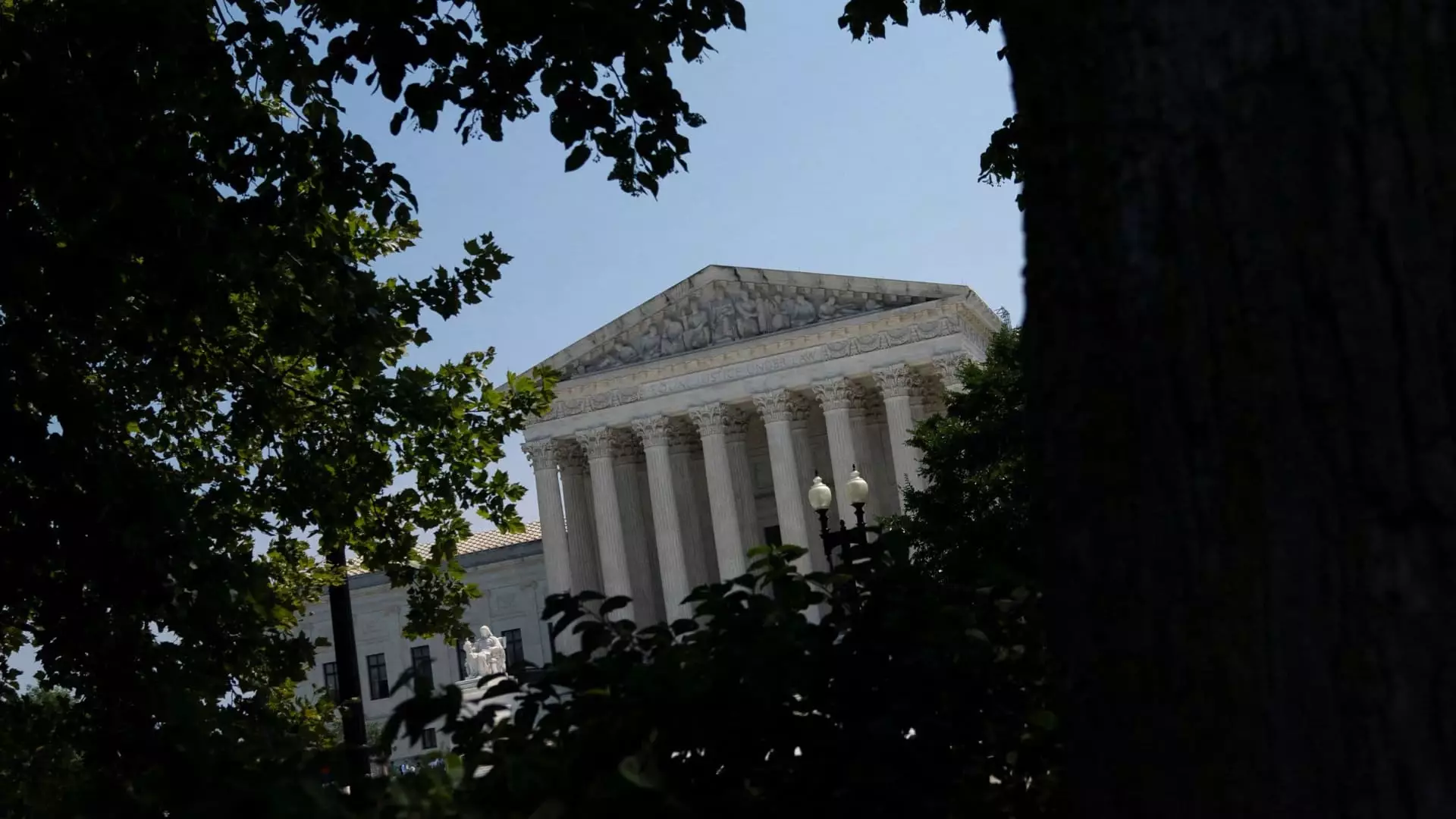The recent decision by the Supreme Court to allow the enforcement of the Corporate Transparency Act (CTA) not only underscores the judiciary’s pivotal role in shaping economic law but also highlights the ongoing struggle between government regulation and corporate privacy. This act mandates that corporate entities openly declare their true beneficial owners, aiming to dismantle the veil of anonymity that has made the United States an attractive haven for money laundering and other financial illegalities. By requiring corporate transparency, the legislation is intended to align with global standards in combating financial crimes.
The Legal Challenge Background
The challenges to the CTA came predominantly from small businesses and the National Federation of Independent Business (NFIB), who contended that the federal law overstepped Congress’s constitutional bounds. The key legal argument posed by a Texas federal judge, Amos Mazzant, was based on the premise that Congress’s authority to regulate commerce and various affairs did not extend to implementing such intrusively detailed reporting requirements. This viewpoint was rooted in what Mazzant described as the law’s “quasi-Orwellian” nature, suggesting an overreach into the rights of states, particularly under the 10th Amendment.
Yet, it is critical to analyze whether such challenges genuinely reflect the economic interests of small businesses or symbolize a broader trend of resistant attitudes toward regulatory frameworks that demand transparency. Many small businesses complied with the CTA, suggesting that the resistance may not be as widespread as suggested by the legal challengers.
The Supreme Court’s involvement became necessary after the 5th U.S. Circuit Court of Appeals sided with the lower court’s decision, leading to a nationwide injunction on the CTA. The Biden administration’s request for a stay encapsulated the urgency of implementing measures against financial crime; millions of entities had already aligned with the requirements, and returning to the pre-CTA norm could jeopardize considerable progress made in financial transparency.
Solicitor General Elizabeth Prelogar emphasized in her brief that the CTA is integral to the government’s capacity to detect and prosecute crimes associated with money laundering, tax evasion, and terrorism financing. The administration supported the notion that Congress retains a robust framework under the Commerce Clause, meant to regulate economic activities that can influence interstate commerce. The Supreme Court’s decision to pause the injunction allows the administration to consolidate these regulatory efforts while simultaneously reinforcing the constitutionality of the CTA.
The effectiveness of the CTA cannot be understated. By compelling businesses to disclose their beneficial owners, the legislation aims to disrupt the traditional methods used by criminals to obfuscate their financial dealings behind complex corporate structures. Critics claim that such transparency infringes upon business privacy; however, proponents argue that public interests far outweigh privacy concerns when it comes to curbing financial misconduct.
As the financial landscape continues to evolve, the necessity for stringent anti-money laundering measures becomes increasingly evident. Criminal enterprises adapt to regulatory environments, making it paramount that laws like the CTA persist to prevent illicit operations from gaining a foothold in the U.S. economy. By fostering a culture of compliance and transparency, the CTA can act as a deterrent for those who might consider exploiting corporate tools for nefarious purposes.
The Future of Corporate Regulation
As we peer into the future of corporate regulation, the debate surrounding the CTA signifies a broader conversation around the trade-offs between privacy, business autonomy, and public welfare. The Supreme Court’s decision not only provides a temporary reprieve for the CTA but also reinforces the precedent for legislative measures that align with contemporary challenges in finance and crime.
Ultimately, the CTA highlights the essential nature of cooperation between regulatory bodies and private enterprises. As corporations and LLCs adapt to new norms of transparency, the legal frameworks governing these entities must evolve as well, reflecting both the needs for security and the protection of individual rights within a finely balanced system. The ongoing dialogue about the implications of such laws is crucial for developing a robust economic environment that champions integrity in business practices.


Leave a Reply